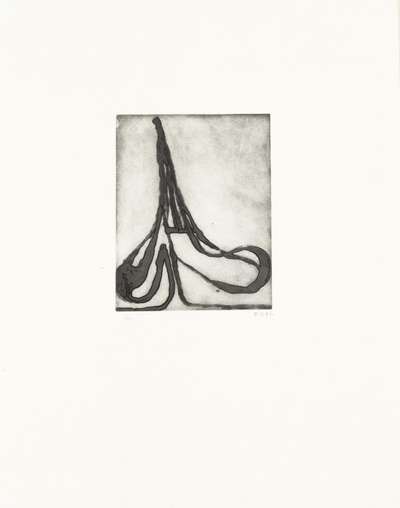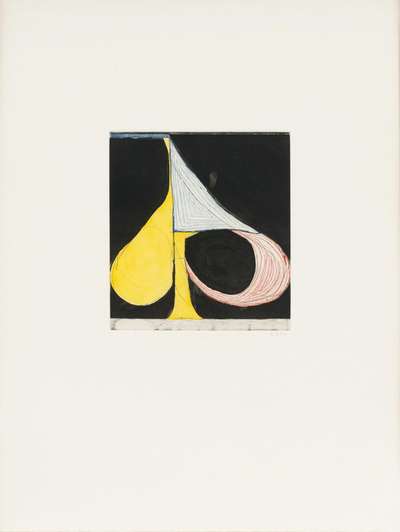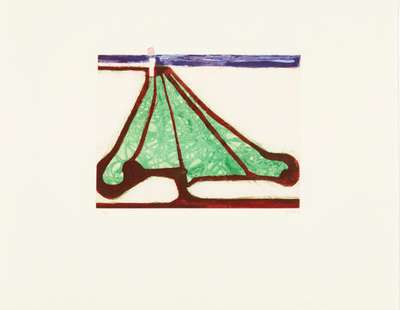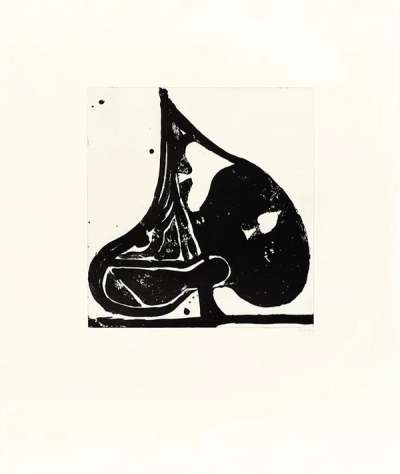Five
Spades
Richard Diebenkorn’s Five Spades series of five compelling etchings, exemplifies his distinctive approach to the spade motif through varied artistic techniques. The series includes works titled Tri-Color Spade, Eiffel Spade, Green Tree Spade, Sugarlift Spade, and Spade Drypoint. Created in 1982, these pieces reflect Diebenkorn’s exploration of form and abstraction, showcasing his ability to manipulate space and texture in printmaking.
Richard Diebenkorn Five Spades For sale
Five Spades Market value
Auction Results
| Artwork | Auction Date | Auction House | Return to Seller | Hammer Price | Buyer Paid |
|---|---|---|---|---|---|
 Tri-Color Spade Richard Diebenkorn Signed Print | 10 Jun 2023 | Phillips New York | £6,375 | £7,500 | £10,000 |
 Eiffel Spade Richard Diebenkorn Signed Print | 24 Oct 2022 | Phillips New York | £893 | £1,050 | £1,450 |
 Green Tree Spade Richard Diebenkorn Signed Print | 24 Jul 2020 | Phillips New York | £2,508 | £2,950 | £3,900 |
Sell Your Art
with Us
with Us
Join Our Network of Collectors. Buy, Sell and Track Demand
Meaning & Analysis
Richard Diebenkorn’s Five Spades series presents a deep dive into the possibilities of etching and drypoint, bringing out lush textures and intricate details within the spade motif that recurs across his works. Each piece in the series employs a different technique, allowing Diebenkorn to explore various expressions of a single form, from the layered hues of Tri-Color Spade to the delicate lines of Spade Drypoint.
The series is marked by Diebenkorn’s signature style of blending abstract and figurative elements. The spade shape serves as a canvas for experimentation with colour, line, and shading, transforming a simple symbol into a complex visual study. For example, Green Tree Spade incorporates elements of natural imagery, and Eiffel Spade hints at architectural structures, showing Diebenkorn’s ability to infuse everyday objects with broader artistic themes and personal significance.
Diebenkorn’s approach in the Five Spades series is reflective of his broader artistic journey from abstraction towards a more figurative style. This is evident in the way he manipulates the spade motif beyond its conventional boundaries, imbuing each print with a unique aesthetic and emotional tone. The integration of varied etching techniques not only highlights his mastery over the medium but also his continual search for new ways to express visual narratives through the interplay of form and space.




